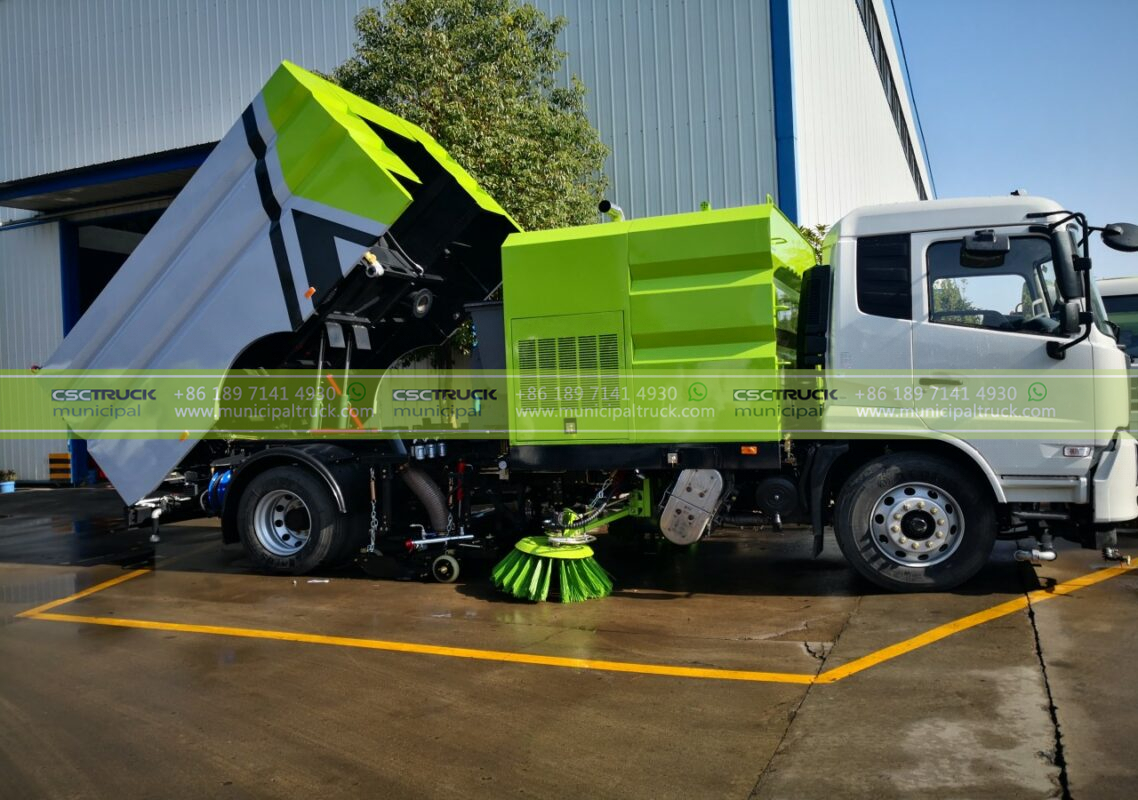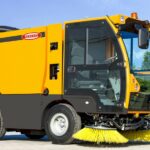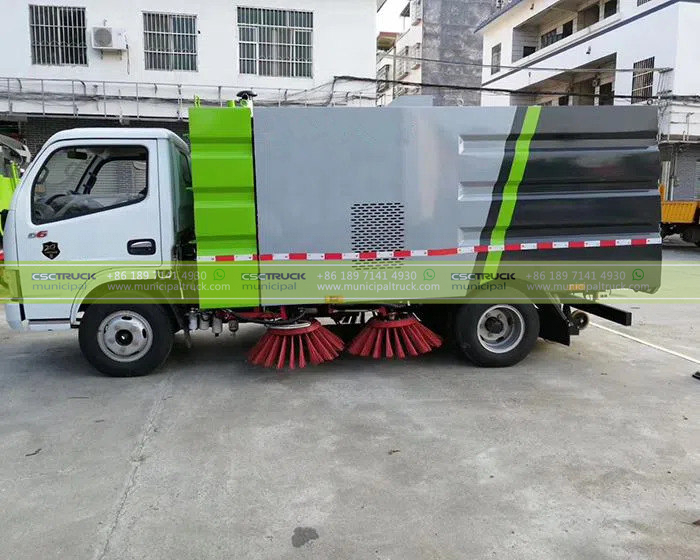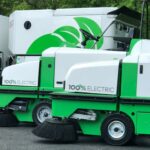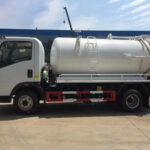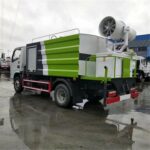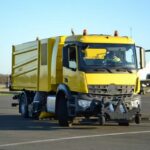Sweeper trucks play a crucial role in maintaining clean and tidy streets and roadways. They are responsible for removing debris, dust, leaves, and other unwanted materials from urban and suburban areas. Over the years, sweeping technologies in sweeper trucks have evolved significantly, providing more efficient and effective cleaning solutions. In this article, we will explore and understand the different sweeping technologies employed in modern sweeper trucks.
- Mechanical Broom Sweepers: Mechanical broom sweepers have been a popular choice for many years. These trucks are equipped with large rotating brooms that sweep debris into a collection hopper. The brooms can be adjusted to different angles and heights, allowing them to clean various surfaces effectively. Mechanical broom sweepers are especially useful for removing heavier debris such as gravel, sand, and construction waste.
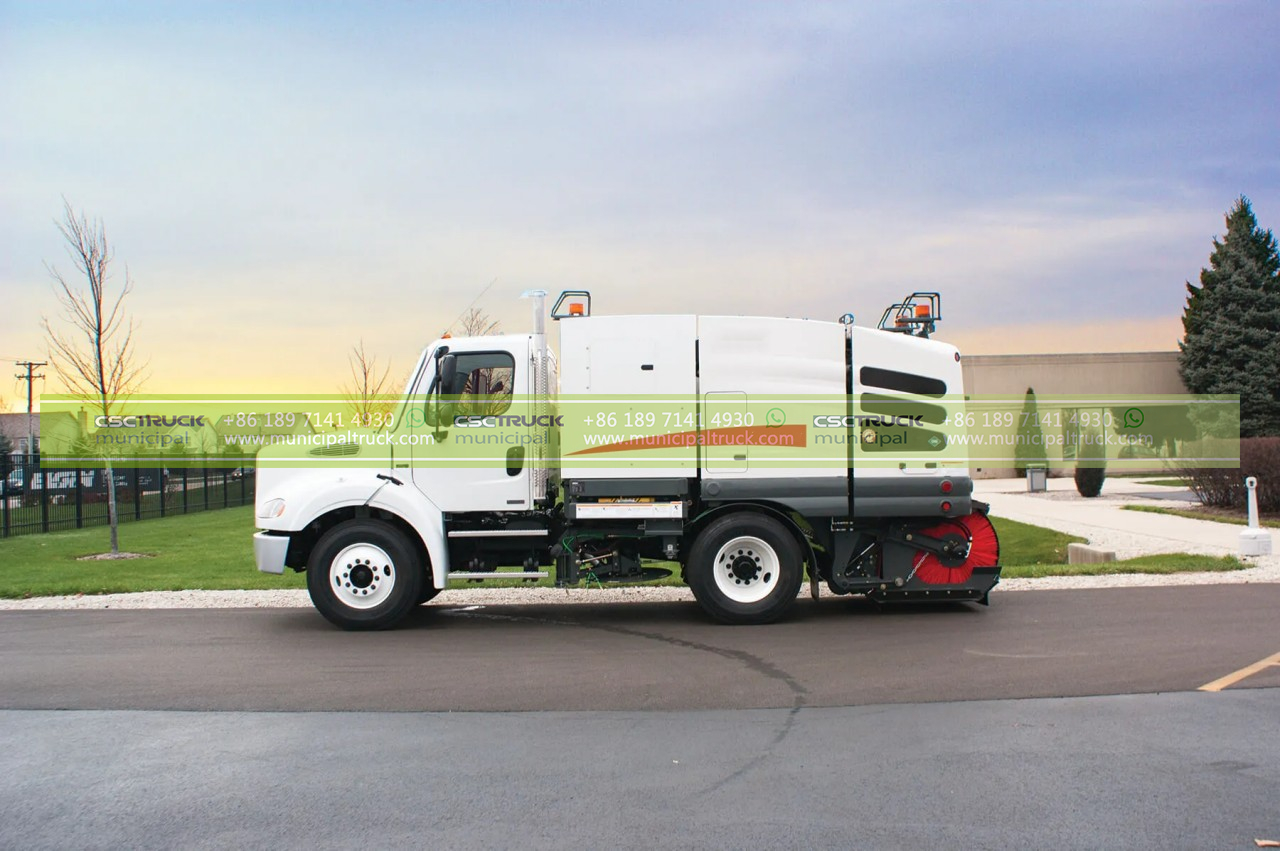
- Vacuum Sweepers: Vacuum sweepers utilize powerful suction to collect debris from the ground. These trucks are equipped with large fans or blowers that create a vacuum, pulling in the unwanted materials into a collection hopper or a debris tank. Vacuum sweepers are particularly effective in cleaning fine dust, leaves, and smaller debris. They are often used in urban areas and parking lots where a high level of cleanliness is desired.
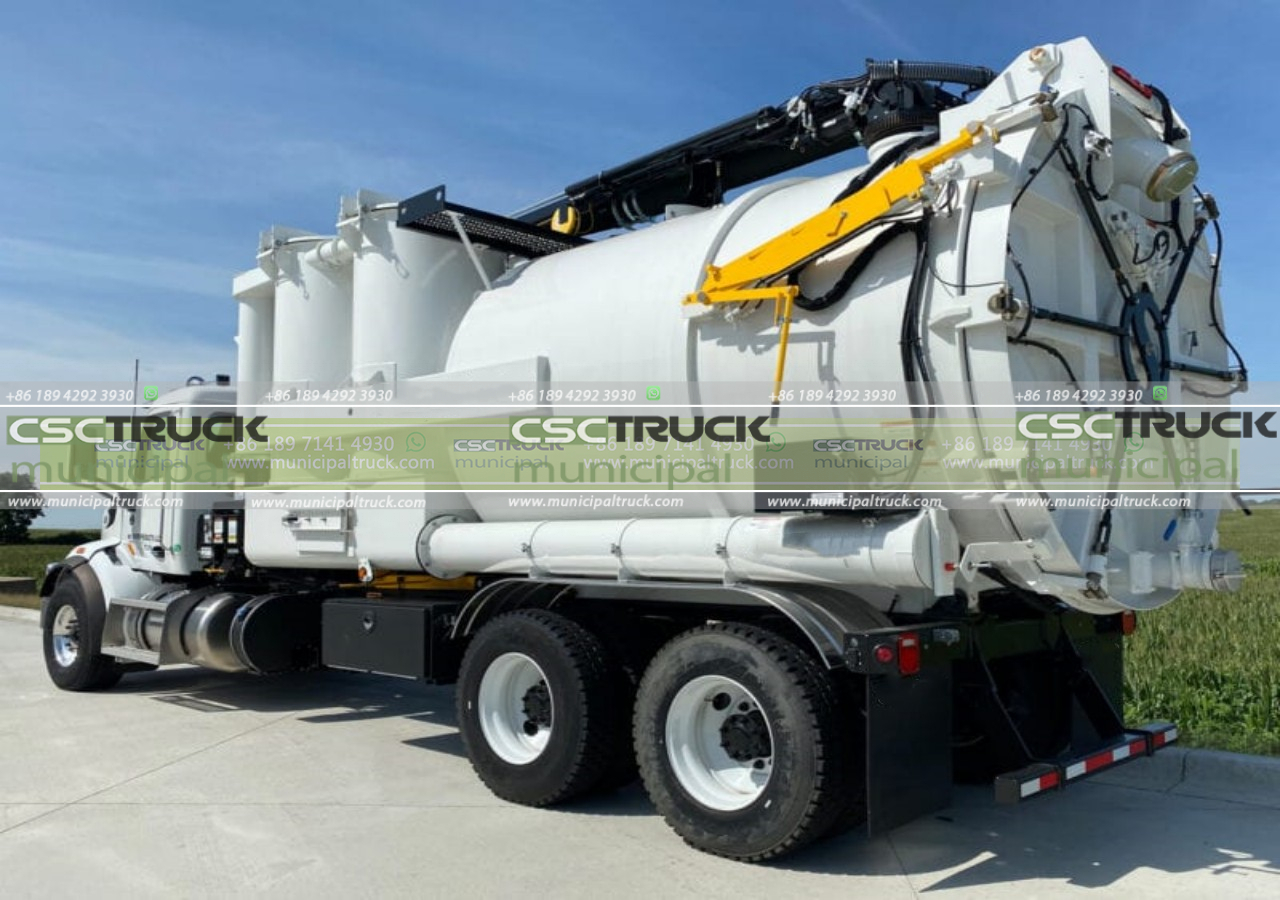
- Regenerative Air Sweepers: Regenerative air sweepers combine the technologies of mechanical brooms and vacuum sweepers. These trucks use a combination of brooms and powerful air streams to dislodge and collect debris. The brooms sweep the debris toward the center of the truck, while the high-velocity air streams blow the debris into a collection chamber. Regenerative air sweepers are highly efficient in cleaning larger debris as well as fine dust particles.

- Waterless Sweepers: Waterless sweepers, as the name suggests, do not rely on water for cleaning. Instead, they utilize brushes or brooms to sweep the debris into a hopper without the need for water spraying. These trucks are often preferred in areas with water scarcity or when water conservation is a priority. Waterless sweepers offer a dry cleaning solution, making them suitable for removing leaves and other dry materials.
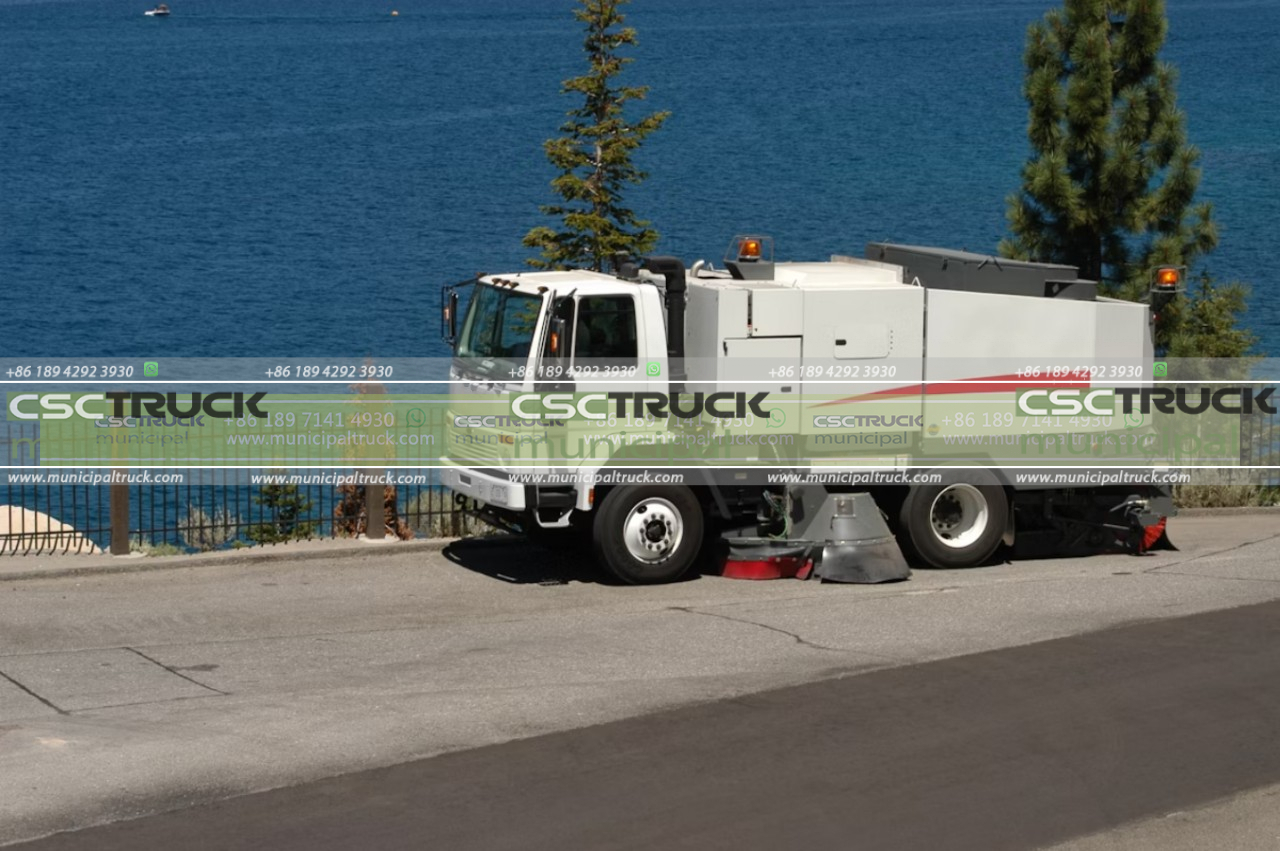
- Magnetic Sweepers: Magnetic sweepers are specifically designed for collecting metal debris, such as nails, screws, and other small metallic objects. These trucks are equipped with powerful magnets that attract and collect metal particles from the ground. Magnetic sweepers are commonly used in construction sites, parking lots, and areas where metal debris is prevalent. They help prevent potential hazards caused by metal objects on the road.
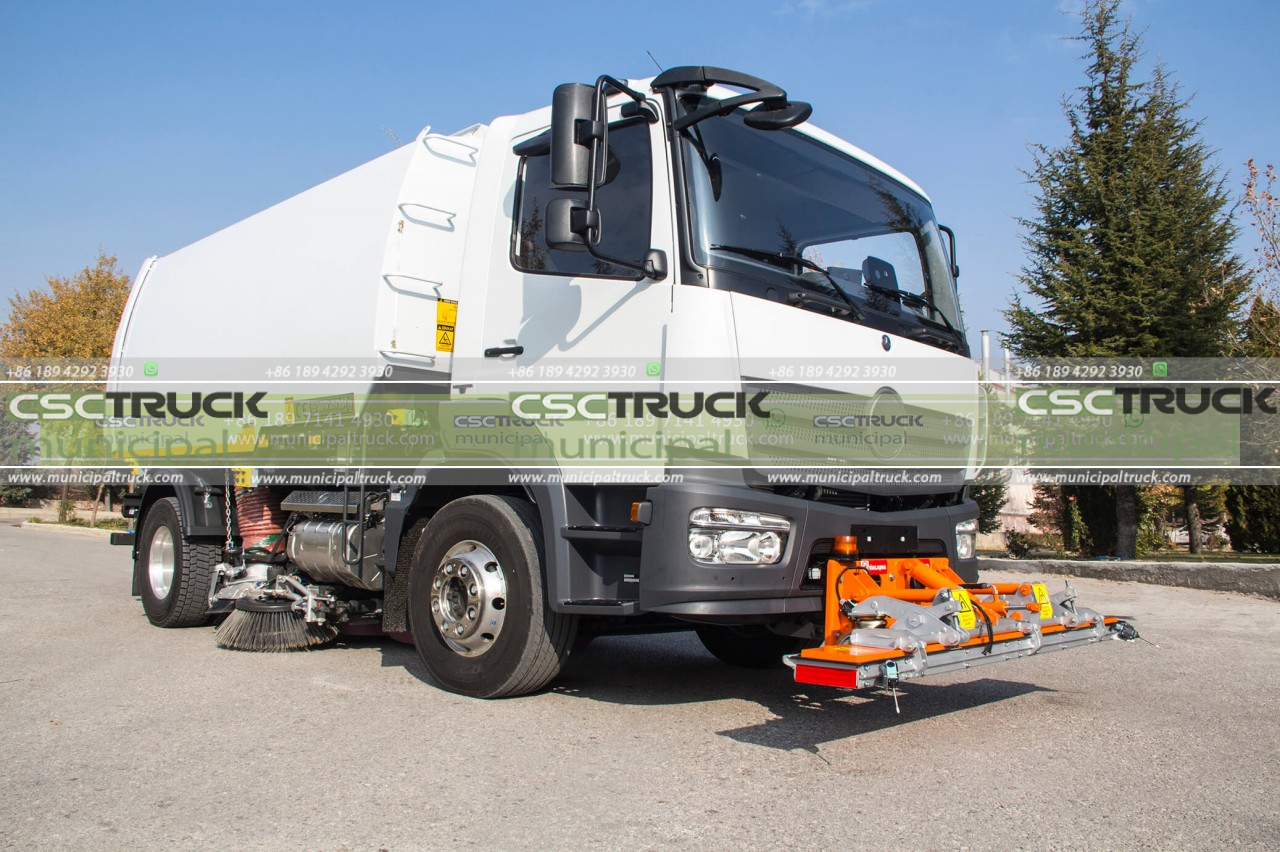
- Electrostatic Precipitator Sweepers: Electrostatic precipitator sweepers are advanced sweeping technologies that utilize electrostatic charges to capture and collect fine dust particles. These trucks are equipped with charged plates or grids that attract and capture dust particles as the vehicle moves. Electrostatic precipitator sweepers are highly efficient in reducing airborne dust and improving air quality. They are often used in areas with strict environmental regulations or high pollution levels.
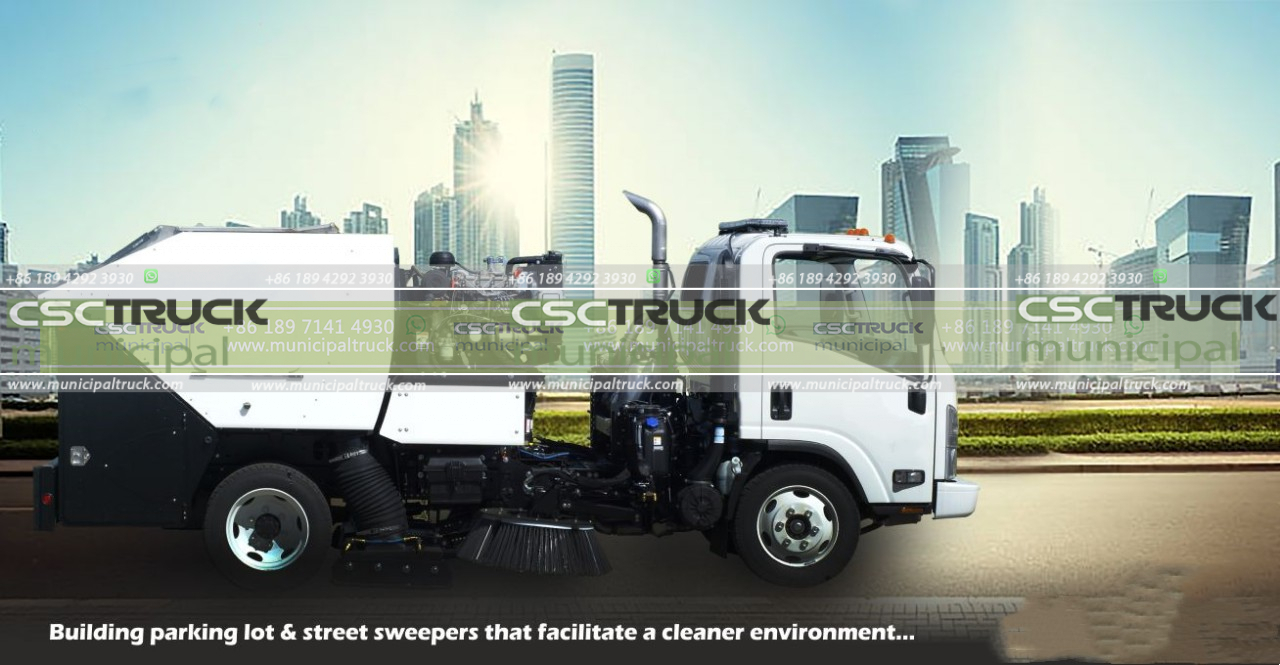
- Autonomous Sweepers: Autonomous sweepers are the latest technological advancement in the sweeping industry. These self-driving trucks are equipped with advanced sensors, cameras, and artificial intelligence systems that allow them to navigate and clean streets without human intervention. Autonomous sweepers offer increased efficiency, reduced labor costs, and the ability to operate 24/7. They are still relatively new, but their adoption is expected to increase in the coming years.
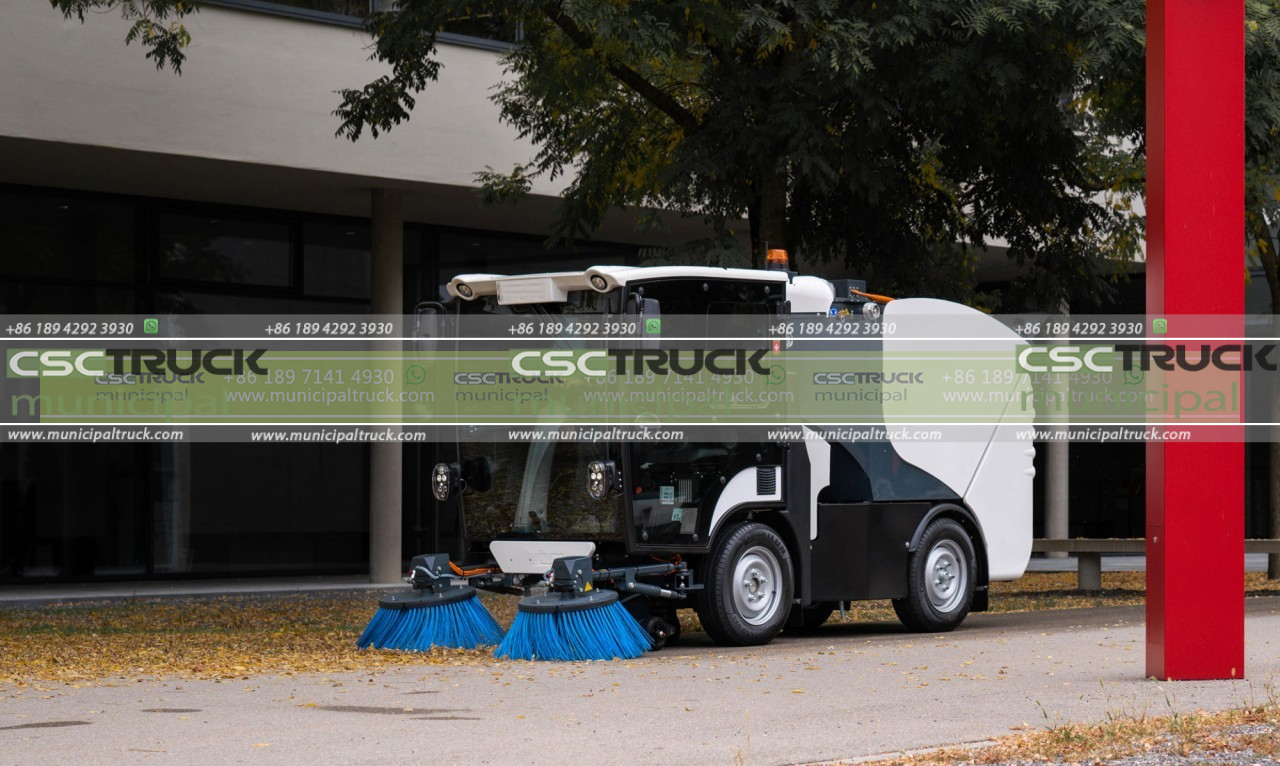
In conclusion, the sweeping technologies in sweeper trucks have come a long way, providing diverse and effective cleaning solutions for different environments. Mechanical broom sweepers, vacuum sweepers, regenerative air sweepers, waterless sweepers, magnetic sweepers, electrostatic precipitator sweepers, and autonomous sweepers are just a few examples of the sweeping technologies that are transforming the way we keep our streets clean. Each technology offers unique features and benefits, catering to specific cleaning requirements.
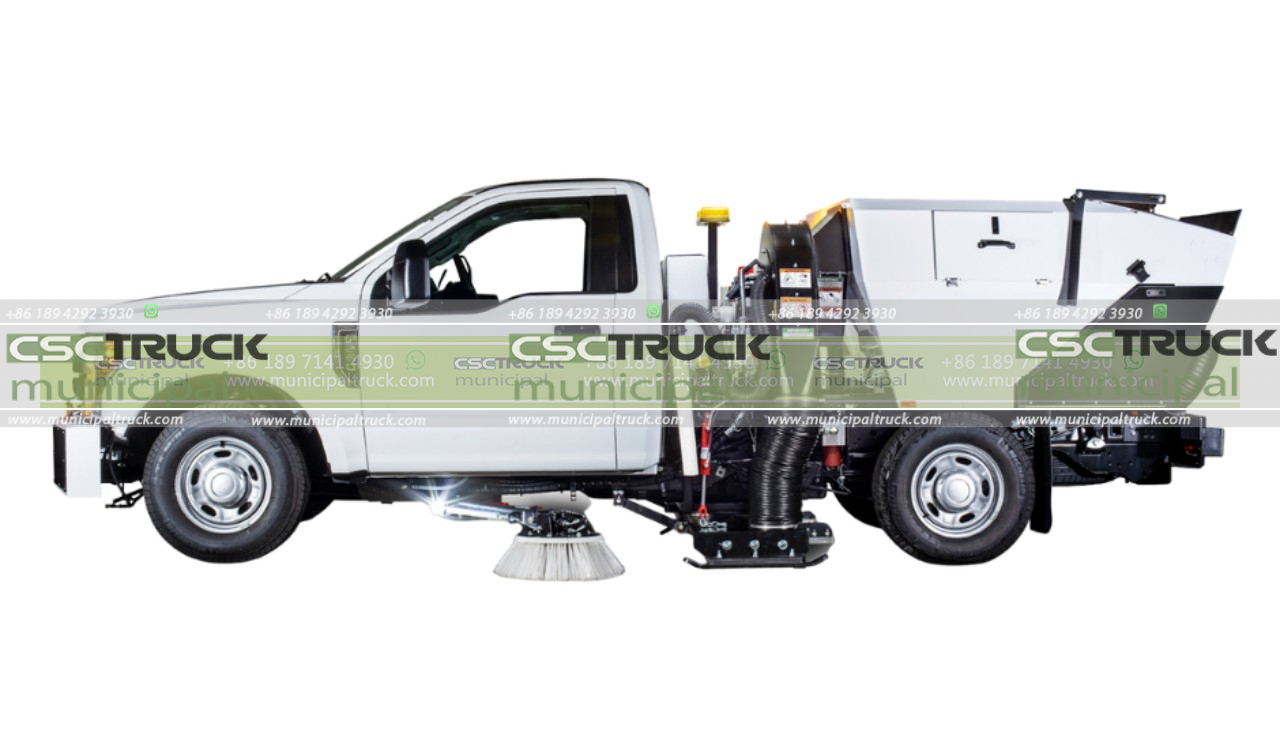 When selecting the right sweeping technology for a particular application, several factors need to be considered. The type of debris, the size of the area to be cleaned, the desired level of cleanliness, and environmental considerations all play a role in determining the most suitable technology.
When selecting the right sweeping technology for a particular application, several factors need to be considered. The type of debris, the size of the area to be cleaned, the desired level of cleanliness, and environmental considerations all play a role in determining the most suitable technology.
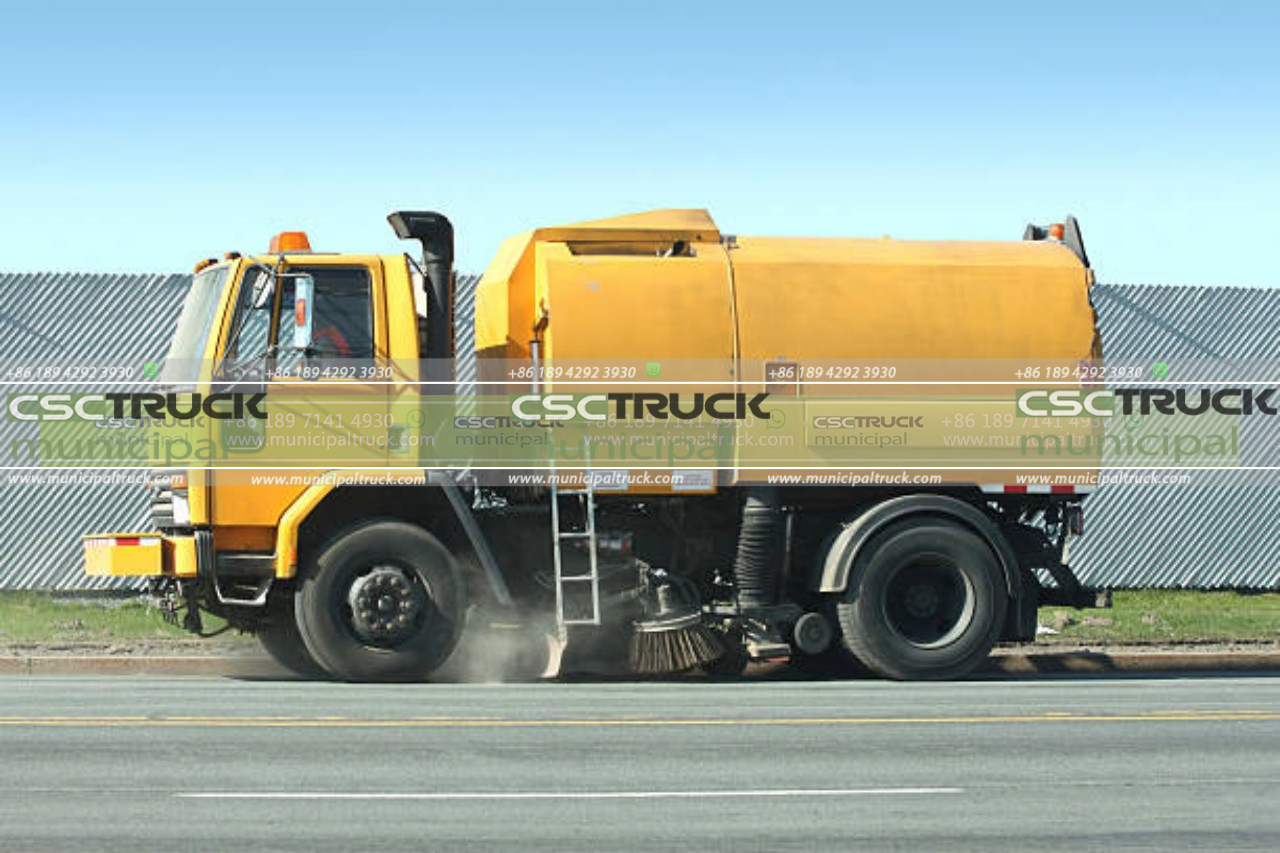 For instance, in areas with heavy construction activity or where larger debris is prevalent, mechanical broom sweepers are an excellent choice. Their robust brooms can handle tough materials effectively. On the other hand, vacuum sweepers are more suitable for urban areas where fine dust and smaller debris need to be efficiently removed.
For instance, in areas with heavy construction activity or where larger debris is prevalent, mechanical broom sweepers are an excellent choice. Their robust brooms can handle tough materials effectively. On the other hand, vacuum sweepers are more suitable for urban areas where fine dust and smaller debris need to be efficiently removed.
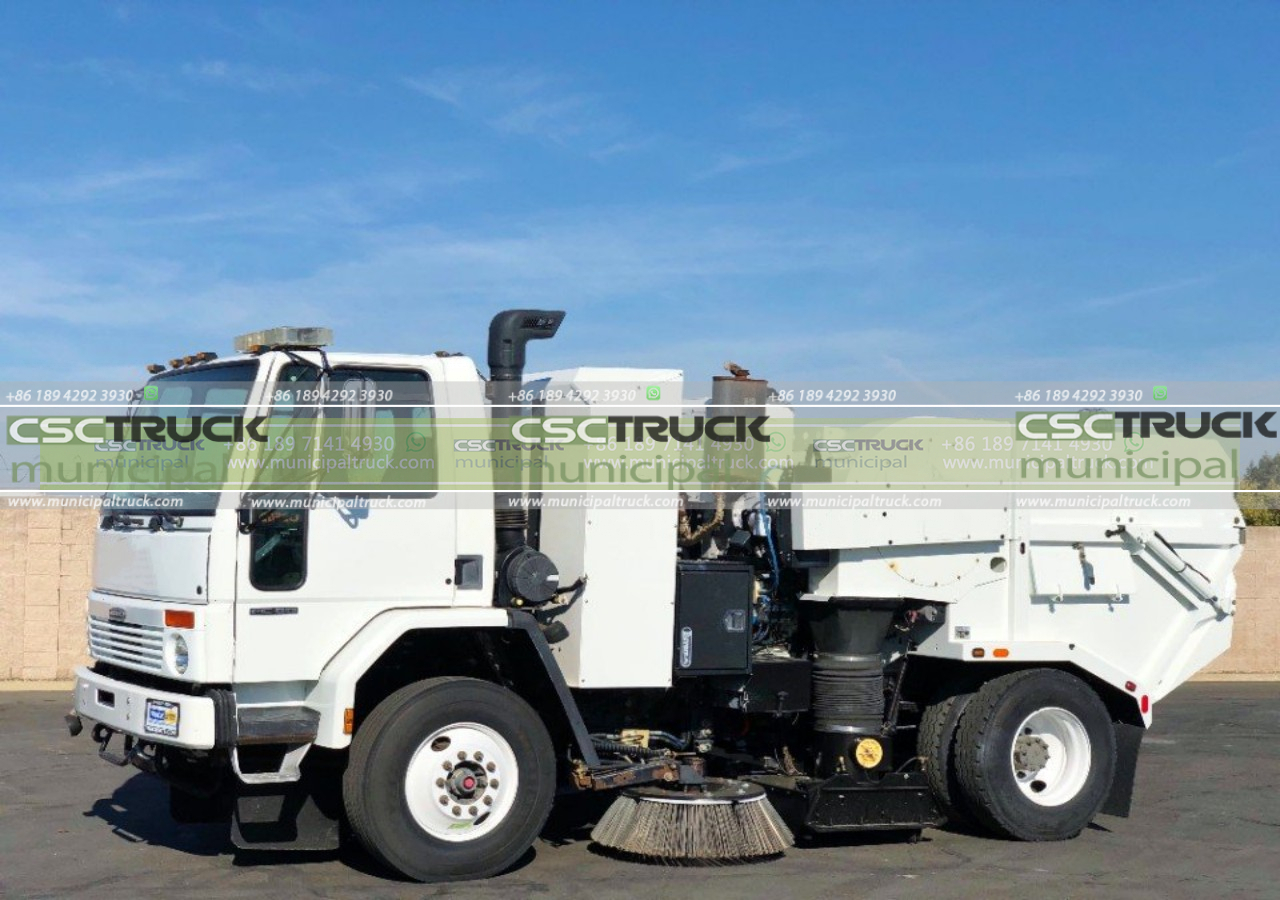 Regenerative air sweepers provide a balanced approach, combining the advantages of both mechanical brooms and vacuum sweepers. They are versatile and can handle a wide range of debris types, making them popular for various applications.
Regenerative air sweepers provide a balanced approach, combining the advantages of both mechanical brooms and vacuum sweepers. They are versatile and can handle a wide range of debris types, making them popular for various applications.
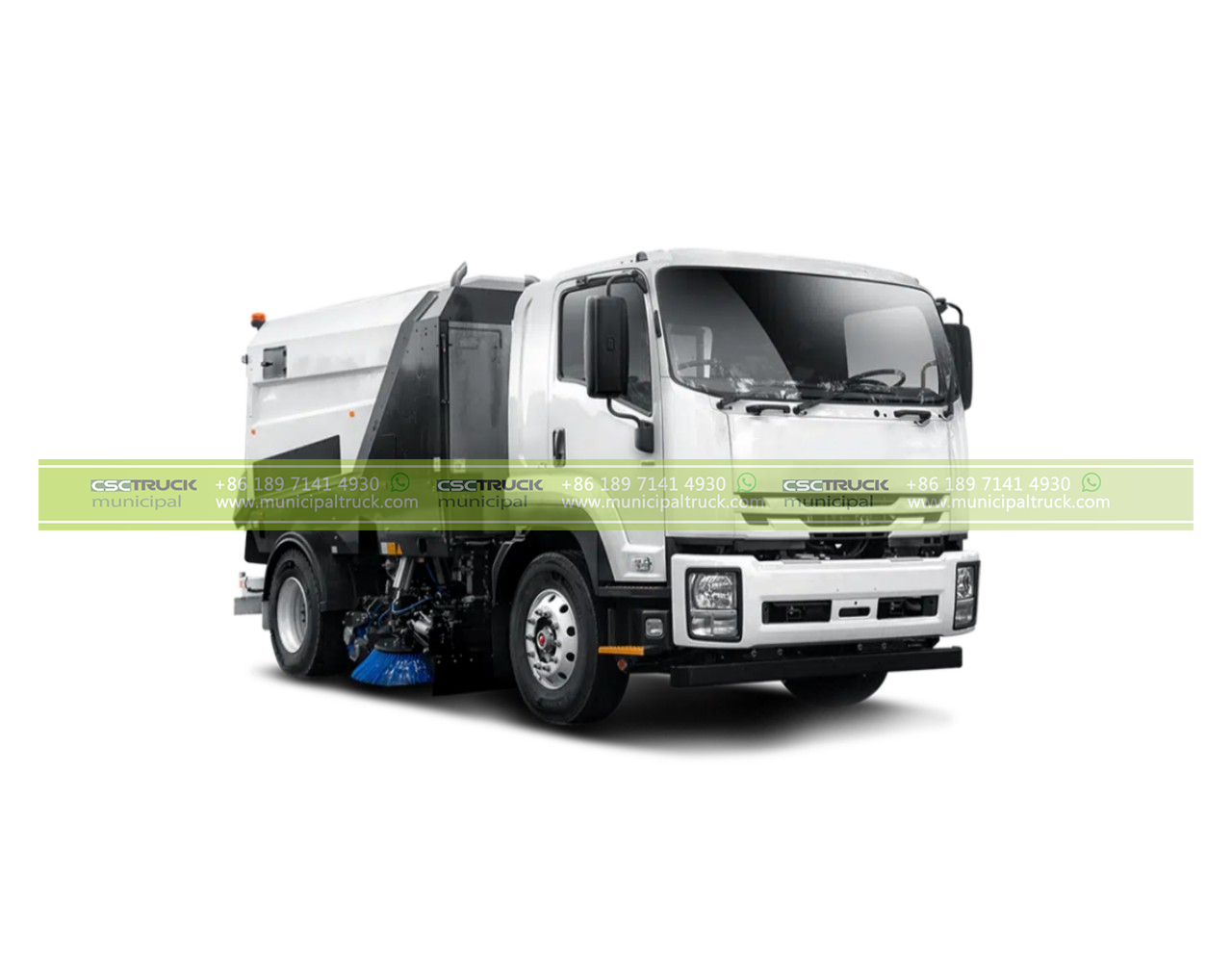 Waterless sweepers offer an environmentally friendly solution, particularly in regions facing water scarcity. These trucks eliminate the need for water spraying, reducing water consumption while still delivering effective cleaning results.
Waterless sweepers offer an environmentally friendly solution, particularly in regions facing water scarcity. These trucks eliminate the need for water spraying, reducing water consumption while still delivering effective cleaning results.
Magnetic sweepers, with their ability to collect metal debris, are essential for preventing flat tires and other safety hazards caused by metallic objects on the road. They are commonly used in construction sites, parking lots, and areas with a high concentration of metal waste.
In areas with strict air quality regulations, electrostatic precipitator sweepers are ideal. By capturing fine dust particles, they help mitigate pollution and improve the overall air quality, making them suitable for environmentally conscious municipalities and industrial areas.
The advent of autonomous sweepers has revolutionized the sweeping industry. These cutting-edge vehicles are equipped with advanced technologies that allow them to navigate and clean autonomously. They offer increased efficiency, reduce labor costs, and provide the flexibility to operate round the clock, resulting in cleaner streets and more productive operations.
As technology continues to advance, sweeping technologies in sweeper trucks will undoubtedly evolve further. We can expect more efficient and eco-friendly solutions, with enhanced cleaning capabilities and intelligent systems that optimize performance and resource usage.
In conclusion, understanding the different sweeping technologies in sweeper trucks is essential for selecting the most appropriate solution for specific cleaning needs. Mechanical broom sweepers, vacuum sweepers, regenerative air sweepers, waterless sweepers, magnetic sweepers, electrostatic precipitator sweepers, and autonomous sweepers all offer distinct advantages and cater to different cleaning requirements. By leveraging these technologies effectively, we can ensure cleaner and safer streets for our communities, enhancing the overall quality of urban environments.
Contact us for this municipal truck or similar trucks: [email protected] Call us or What's APP us: +86 189 4292 3930

